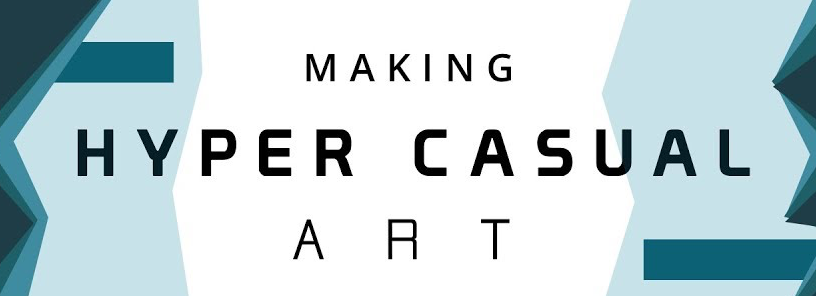
Want to make hyper casual games that are capable of topping charts?
In this new game design tutorial video, Buildbox CEO, Trey Smith, shows how he creates art for his successful hyper casual games like Phases, The Line Zen, and Wall Switch.
You’ll learn how to design hyper casual games from scratch using Pixelmator. Trey also shares his top tips and techniques for coming up with unique design elements.
You don’t have to be a skilled graphic designer to create fantastic looking hyper casual style games. In fact, all you need is a photo editing tool like Pixelmator and a little bit of know-how.
Currently, Pixelmator is only available for the Mac, but it’s a great tool to use for creating this minimal type of game art. However, software like Gimp or Photoshop will work well also. Both options are available for Window users. Also, Gimp is an excellent free alternative for indie developers that happen to be on a tight budget.
With image editing software, most of the options are the same. If you ever have trouble finding the editing tool being used, you can Google the option and your software name to find it (i.e. ‘Draw tool in Gimp’).
Hyper Casual Games – The Basics
In the tutorial, you’ll learn how to draw lines, shapes, add outlines, and make a shadow effect.
Trey walks you through step-by-step on how to create the hyper casual games that players will want to play. It’s the same game style that major publishers like Ketchapp and Voodoo Games release on a regular basis that often end up dominating the charts.
Modeling a previous game called Cavern, Trey will recreate a new background and show you how to add a stylized disheveled look to any backdrop. This technique is quite trendy in the hyper casual genre.
Then he’ll explain matte versus glossy and why glossy works best when making hyper-casual game art. Trey will show you how to manipulate the saturation in Pixelmator to get the desired glossy effect for a polished looking game.
He’ll cover new game design angles and tips on freestyling to find unique art styles. You’ll also learn how to make your design parallax. He’ll show you how to make the best platforms, obstacles, characters, and more for hyper casual games. Plus some great tips on game art!
You can also check out our YouTube channel for more in-depth video tutorials like this.




Wow. I thought making games of what ever kind would demand programing knowledge of all sorts. I’m really pleased to hear otherwise, I’m not a programmer, but hell! I’d love to make a game of my own…
😁
[…] He also developed Trixel Rocket with his team using our software. Berg’s previous Buildbox hyper-casual game Hexeye Defender won second place in our official Buildbox Game Jam out of 80 submissions. He […]
[…] you’re a fan of hyper-casual arcade games and you love to crack a good puzzle than Stack Smash will be a new favorite casual […]
[…] from coming up with hyper-casual game ideas, the latest game trends, how to market and boost your app downloads, connecting with […]
Software too
Can you give more currency payment options I am in India want to buy this book but unable to buy.
IND Currency ₹.
How to buy the book
Fantastic !!
[…] Pixelmator. He also recently posted a step-by-step Pixelmator tutorial on how to use it to make hyper-casual game art. It’s definitely worth checking out as […]
Nice aricle
What is it about this art style that makes voodoo and ketchapp so succeful in the mobile hypercasual segment? Is this their secret sauce?
Very wide demographics. It’s hard to hate minimal graphics, but it’s easy to hate a specific genre/style (i.e. Fantasy, Retro, Pixel, Girl, Boy, etc)
How to create the game
That is what I want to know as well. From here where do you go? What do you do next in order to make objects move? Is there coding involved? If not then what software would be used in order to finish?
I want to build a new game from scratch and please gave me a opportunity to do that game